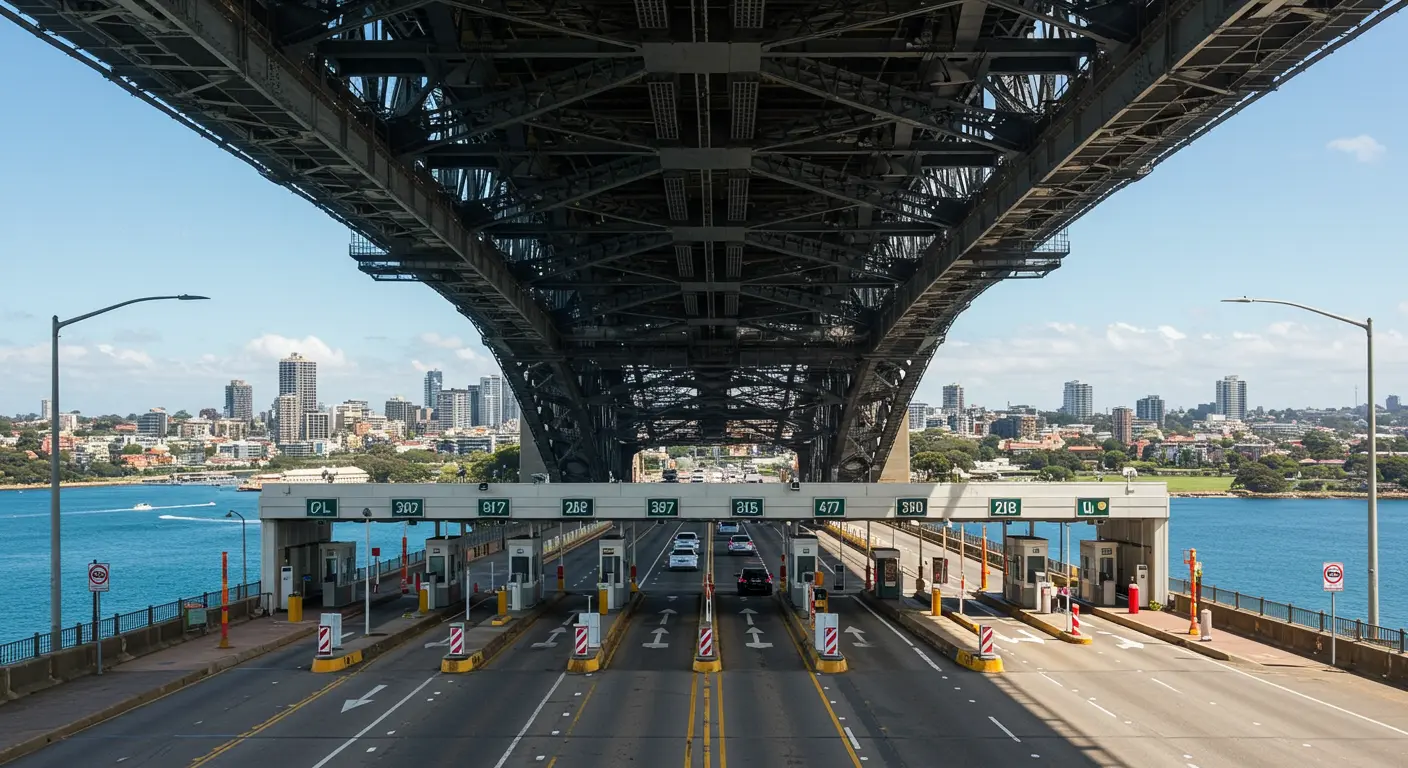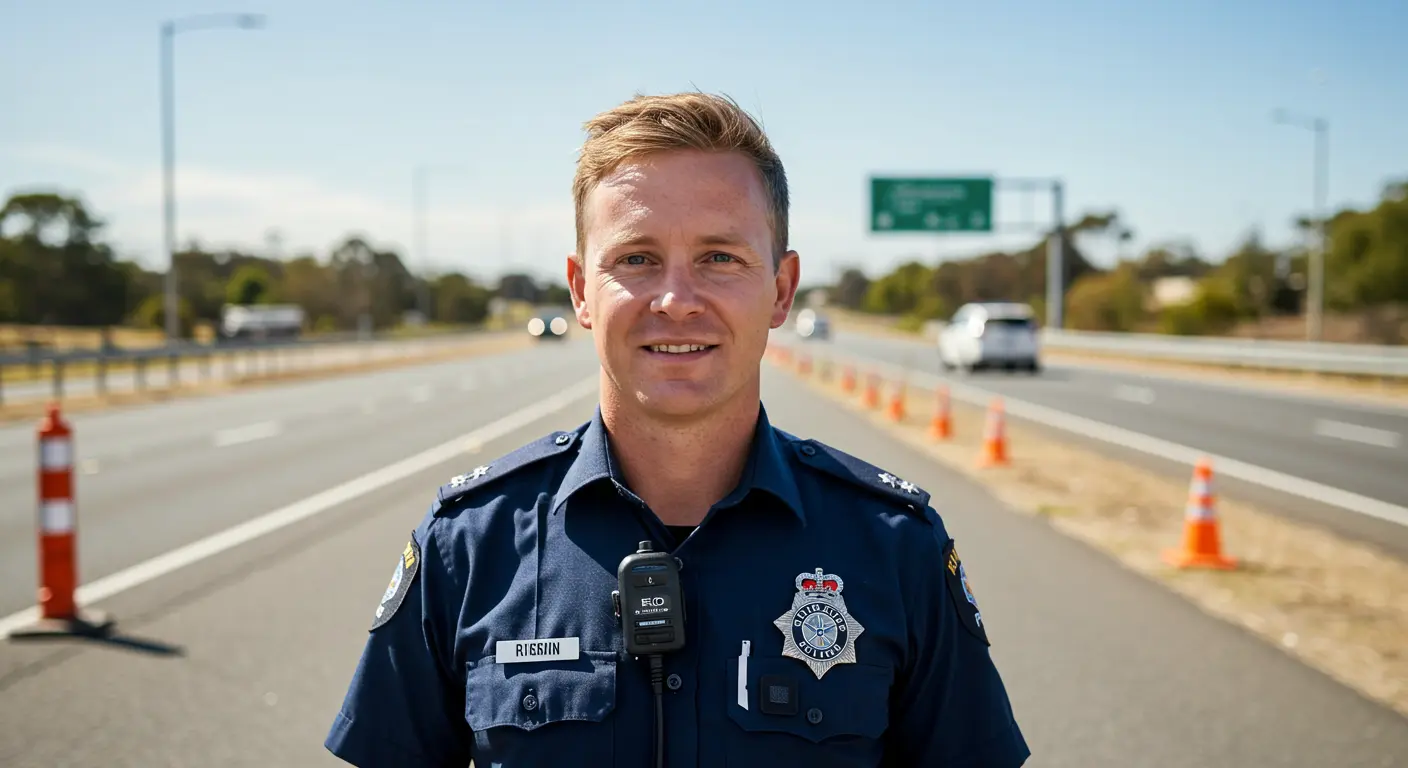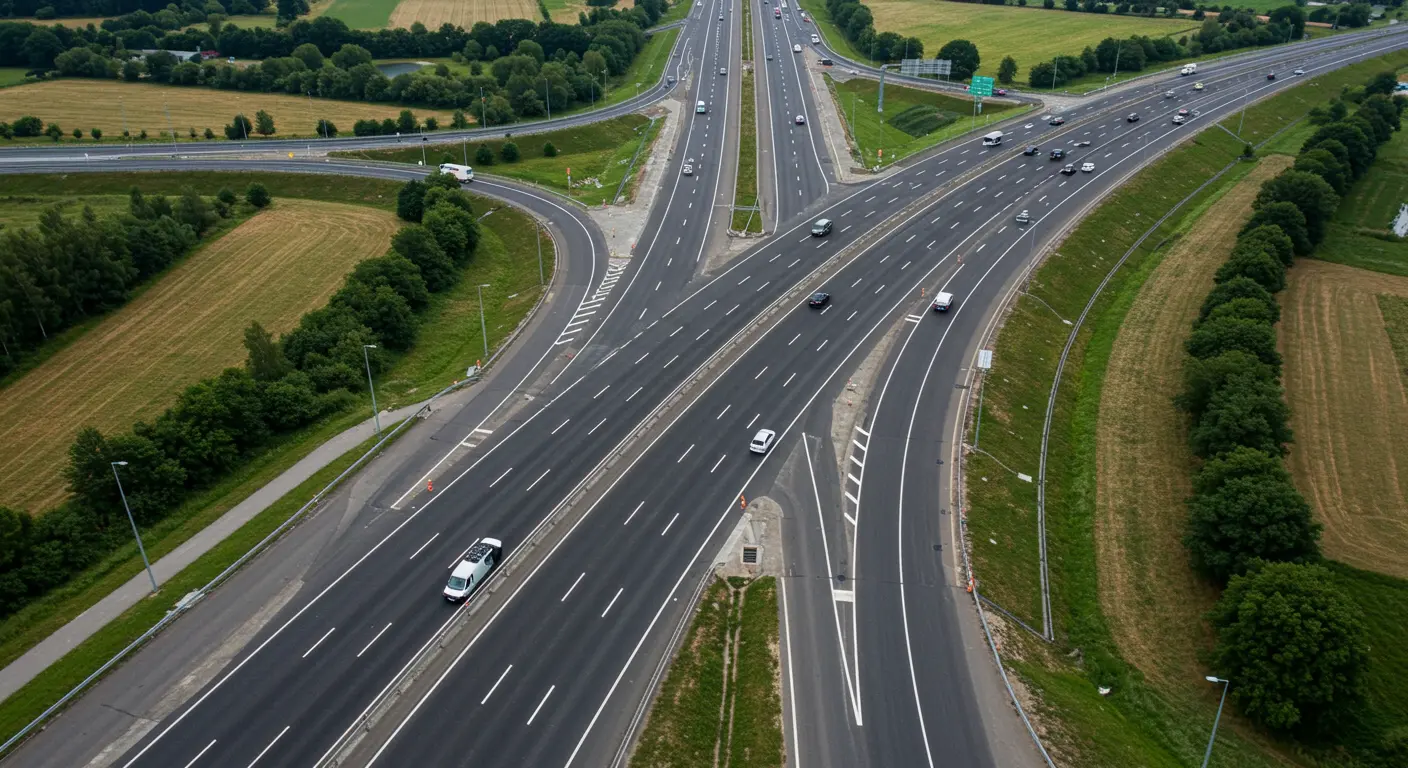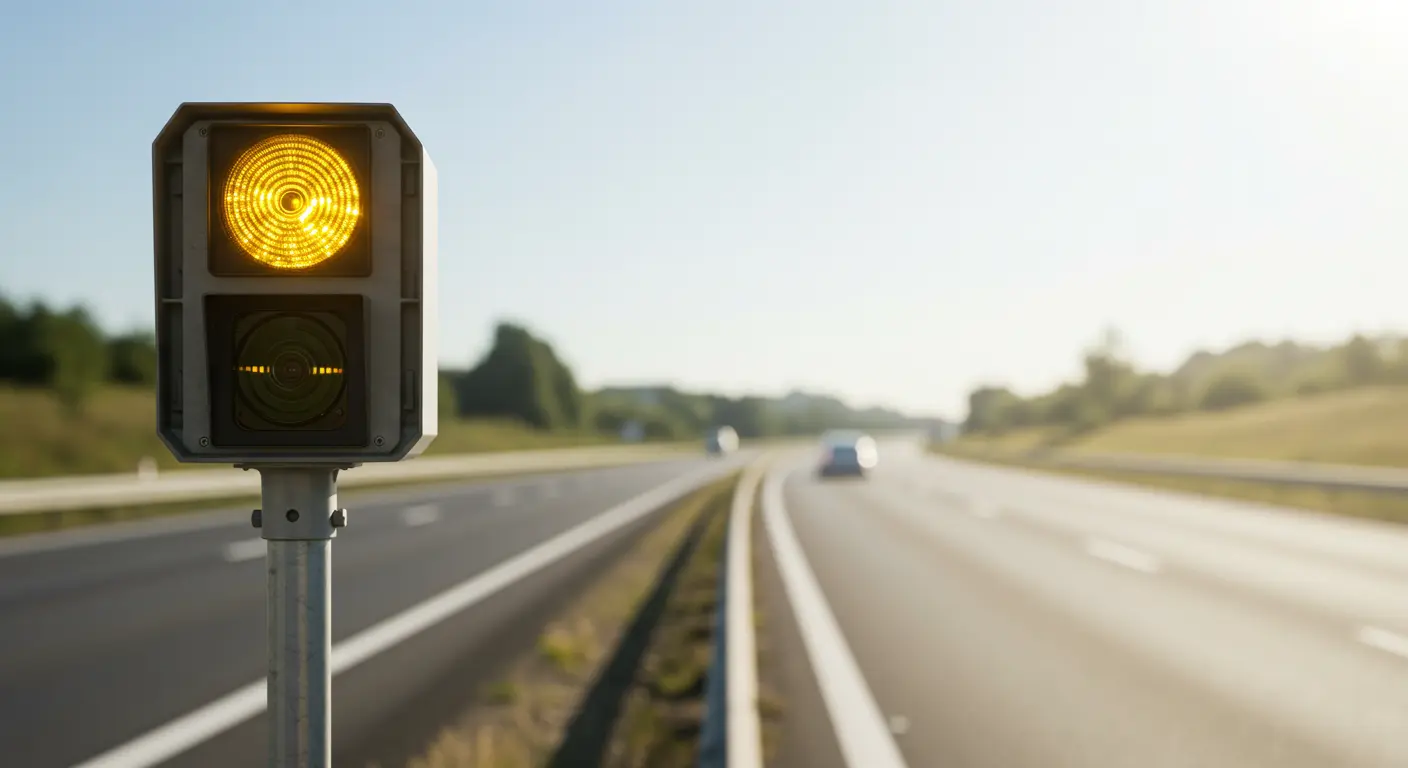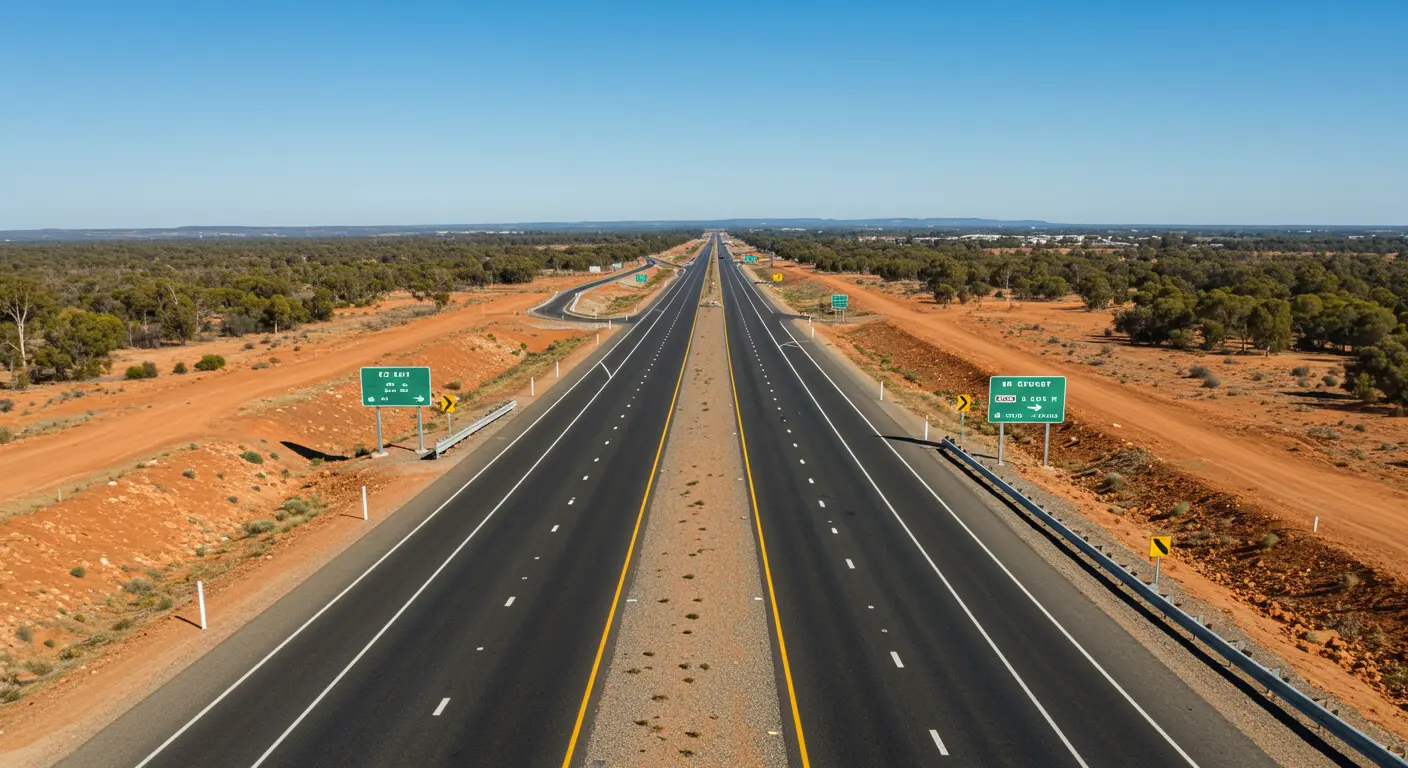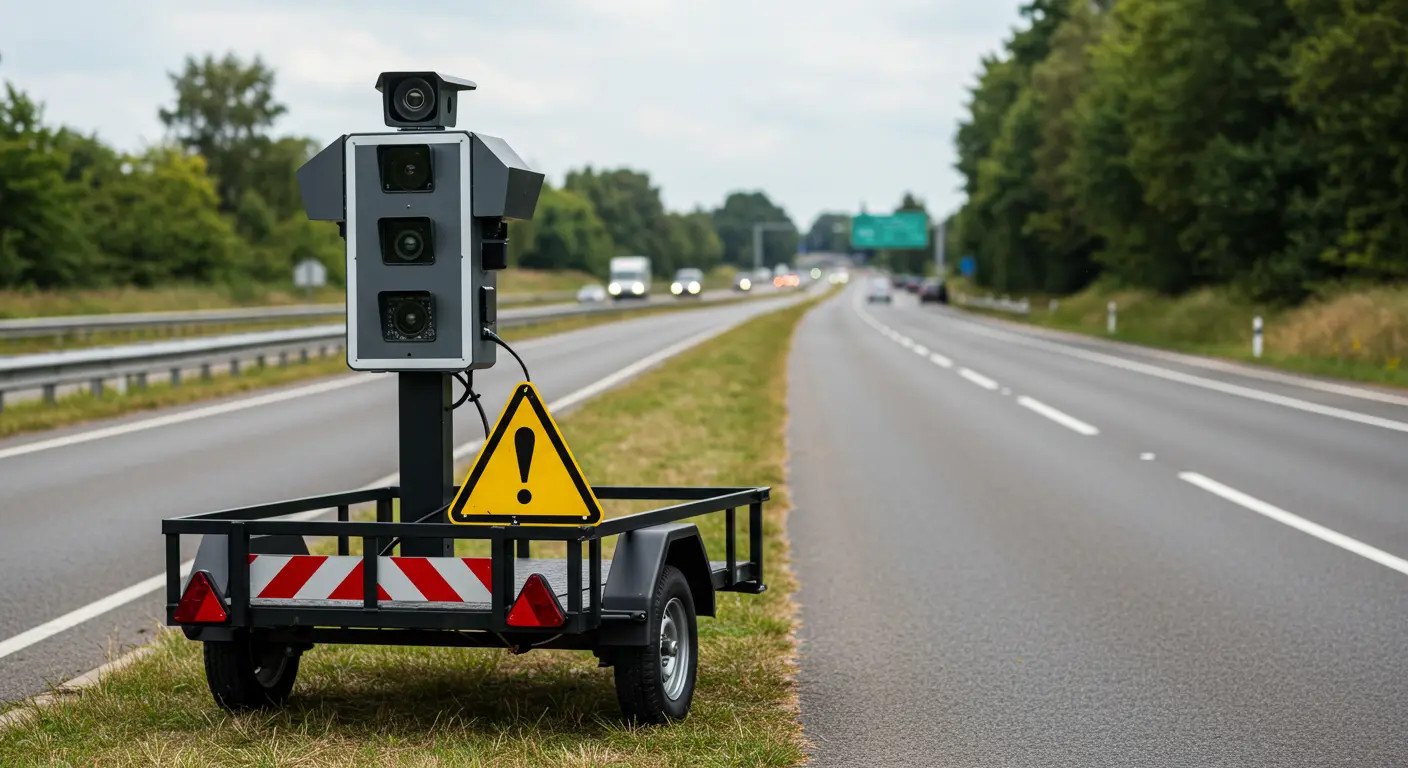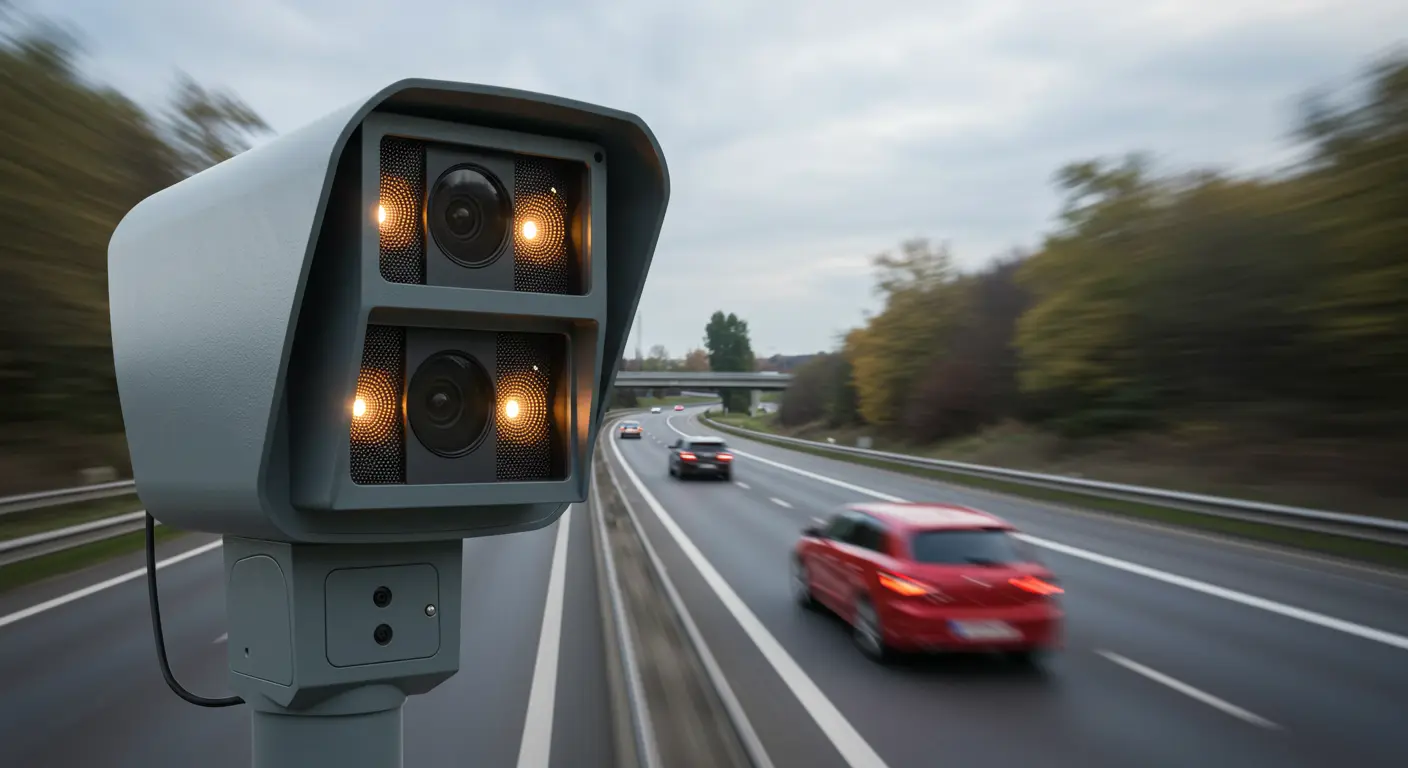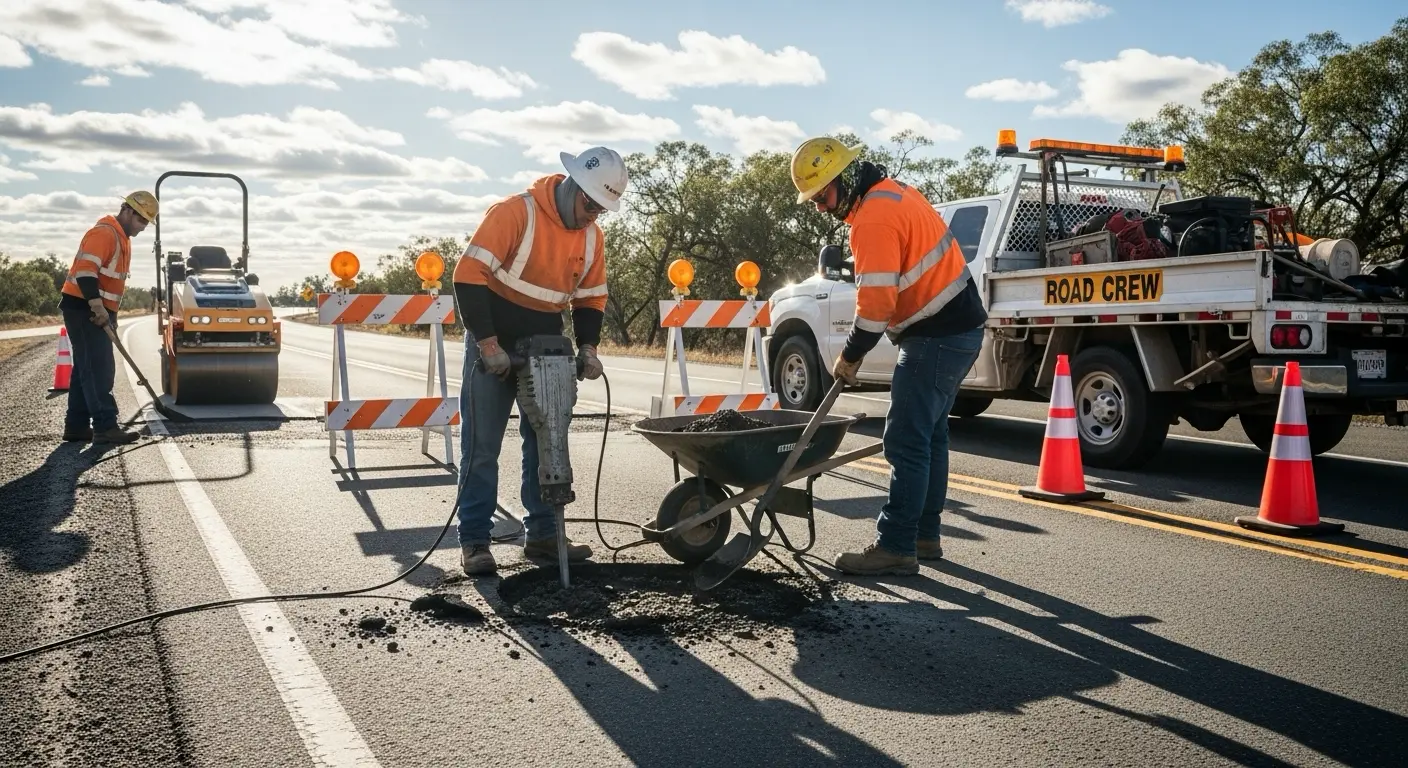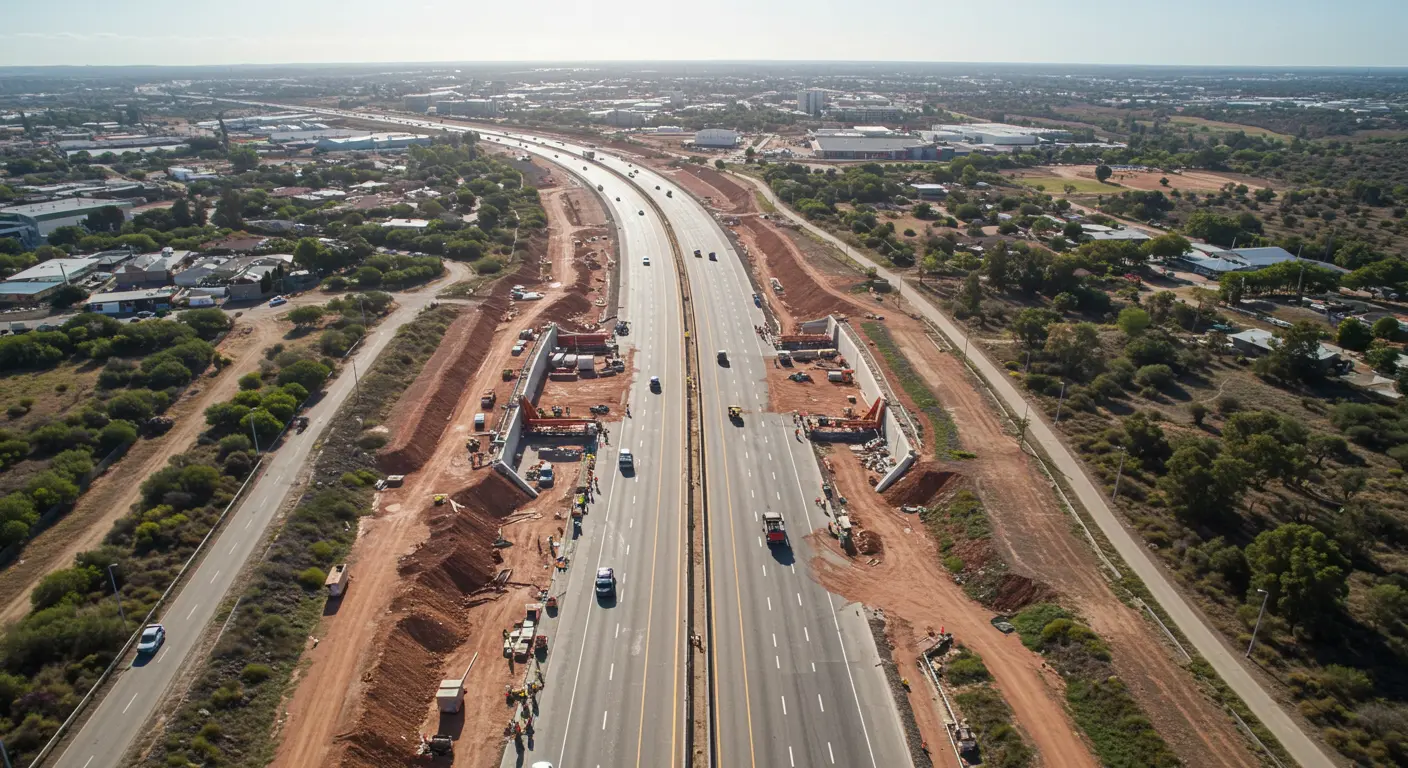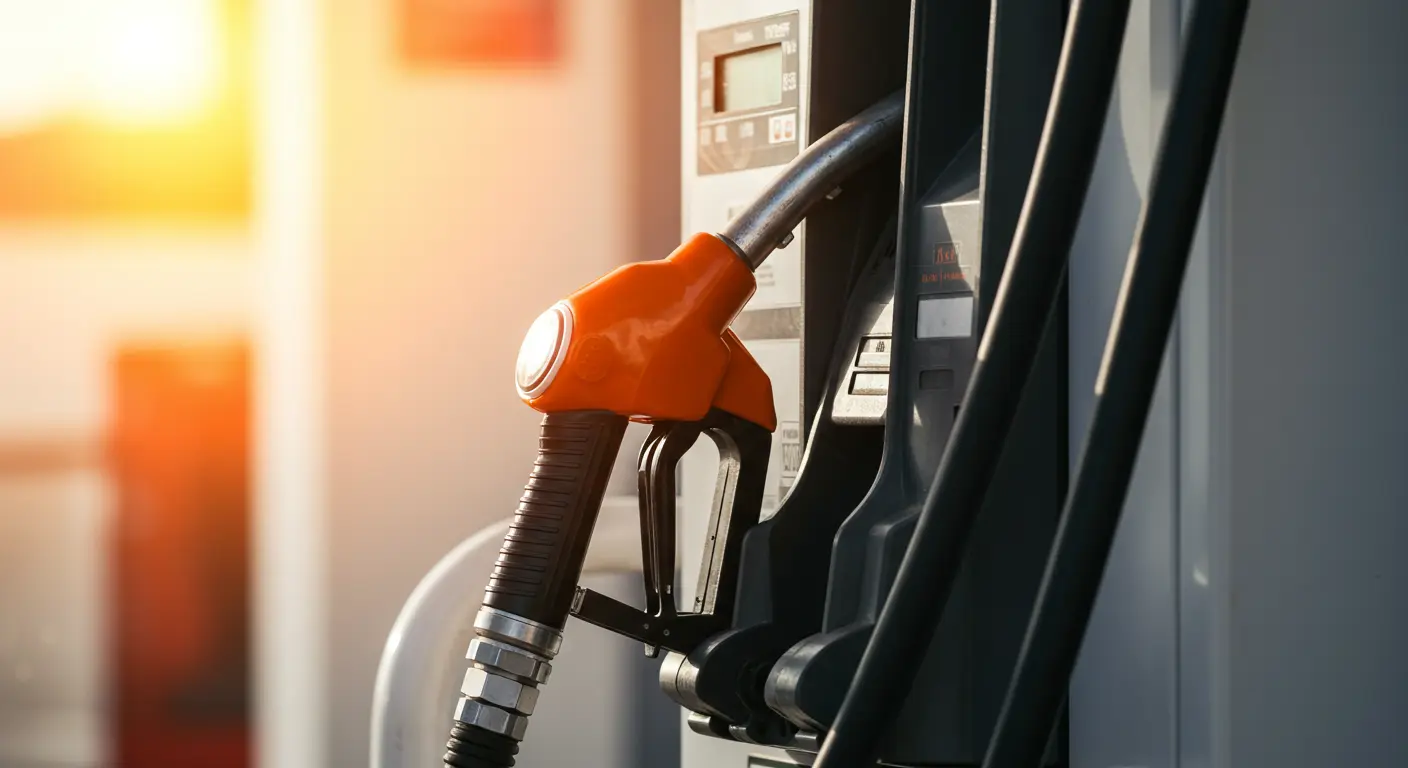Speeding remains the number one cause of fatalities on New South Wales roads. Strict laws and extensive enforcement measures are in place to reduce these risks and improve road safety across the state.
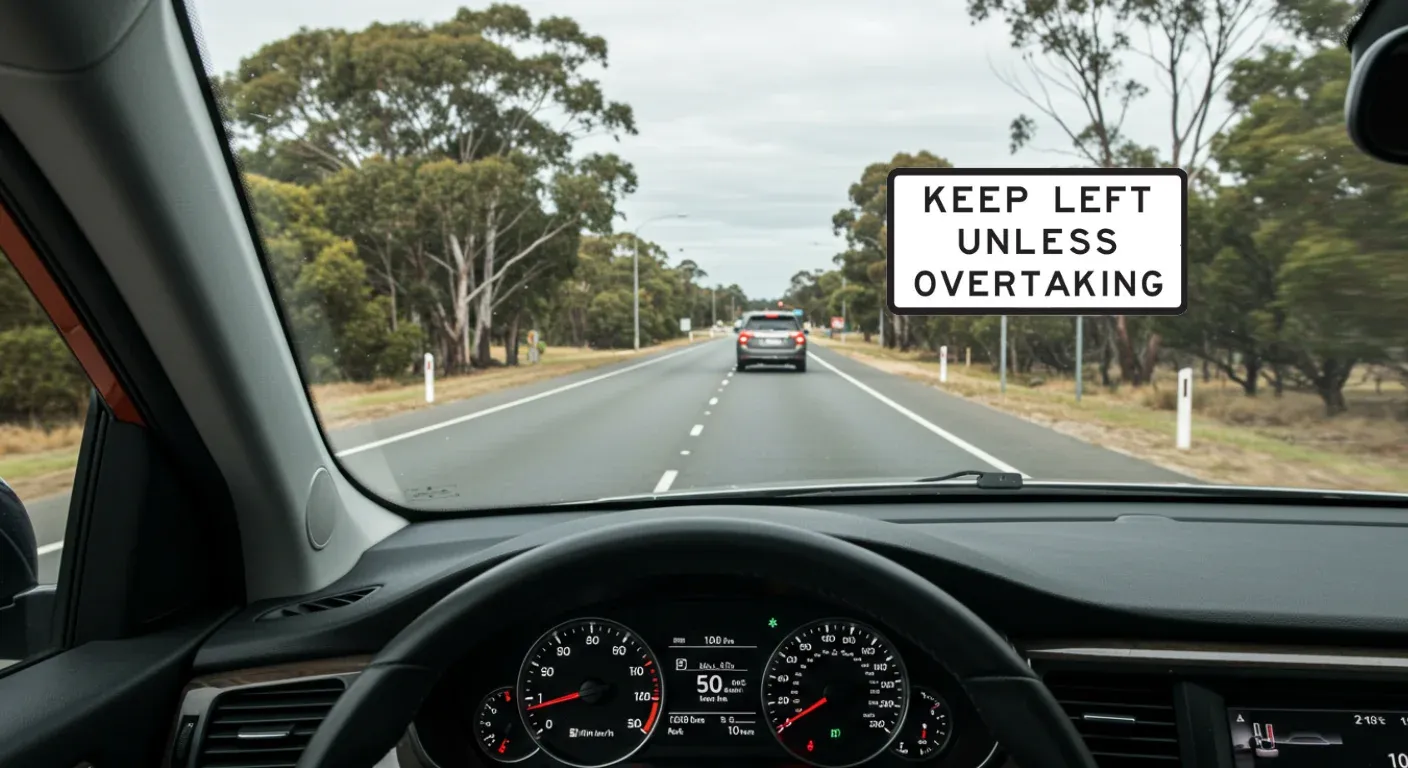
Speed Limits in NSW
Drivers must obey the posted speed limits. Where no speed signs are present:
- 50km/h is the default in built-up areas
- 100km/h applies to all other roads
Learners and provisional drivers have specific restrictions:
| Licence Type | Max Speed |
|---|---|
| Learner | 90km/h |
| P1 | 90km/h |
| P2 | 100km/h |
| Heavy Vehicles (4.5t+) | 100km/h |
Radar detectors or jammers are illegal in all vehicles.
Speeding Penalties
Consequences for speeding include:
- Fines
- Demerit points (double during holiday periods)
- Licence suspension or loss
- Vehicle or plate confiscation
Learners and P1 drivers will exceed their point limits for any speeding offence.
Speed Limit Signs
- Regulatory Signs: Red circle on white background. You must not exceed this speed.
- Variable Signs: Electronic, used in tunnels and motorways.
- Local Traffic Areas: 40km/h zones to enhance safety.
- High Pedestrian Activity Areas: 30–40km/h limits apply.
- Shared Zones: 10km/h and drivers must give way to pedestrians.
School Zones
- Operate on school days, signposted times
- 40km/h limit applies
- Marked with signs, flashing lights, and road paint
- Applies during pupil-free or staff development days
School Bus Rules:
- Do not exceed 40km/h past buses with flashing lights
- Applies in both directions
Road Work Zones
- Signposted lower limits (often 40km/h)
- Mandatory to slow down as indicated
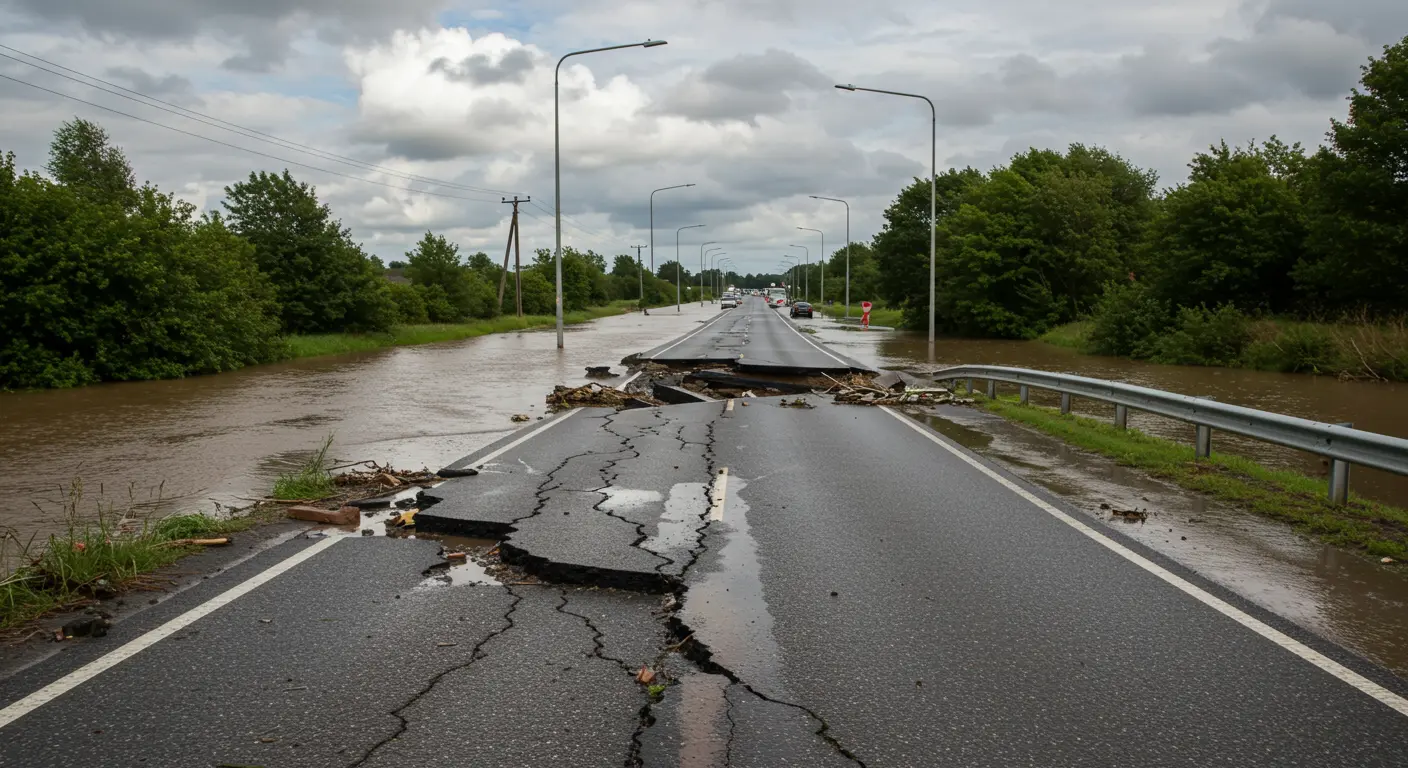
Areas Without Speed Signs
- Default limits apply: 50km/h (built-up), 100km/h (others)
Advisory Speed Signs
- Yellow signs indicating recommended safe speed
- Not enforceable limits, but important for safety
Speed Cameras in NSW
Speed cameras deter speeding and reduce crashes. Types include:
- Mobile Speed Cameras: Unmarked vehicles moved across the network
- Fixed Speed Cameras: Located at crash-prone sites, with warning signage
- Red-Light Speed Cameras: Detect red-light and speeding violations at intersections
- Average Speed Cameras: Measure heavy vehicles' speed over distance
All speed camera systems are calibrated and certified for accuracy as per law.
School Zone Speed Cameras
- Installed based on crash risk and traffic volume
- Operate 24/7
- Enforce 40km/h during school zone hours
- Marked with signs and flashing lights
Red-Light Speed Cameras
- Use embedded road sensors or radar
- Detect speed and red-light offences
- Multiple lanes monitored
- Record images include date, time, location, speed, and plate
Double offences: If a vehicle speeds and runs a red light, both penalties apply.
Legal Reliability
All camera systems are tested and certified regularly:
- Camera recording devices: inspected every 90 days
- Speed measuring devices: certified every 12 months
Enforcement Transparency
All fixed, mobile, and red-light speed camera locations are published on the NSW Centre for Road Safety website.
Summary
All NSW drivers are urged to follow speed limits and road signs. Enforcement is active, reliable, and legally compliant. Speeding—even slightly over the limit—can result in fines, licence loss, and contribute to serious crashes.
Drive to conditions. Obey signs. Keep NSW roads safe.
Disclaimer: This article is for informational purposes only. Always refer to official government sources or local authorities for the latest road rules and regulations.
